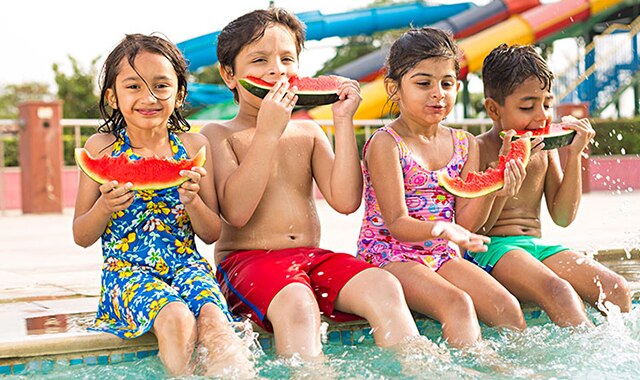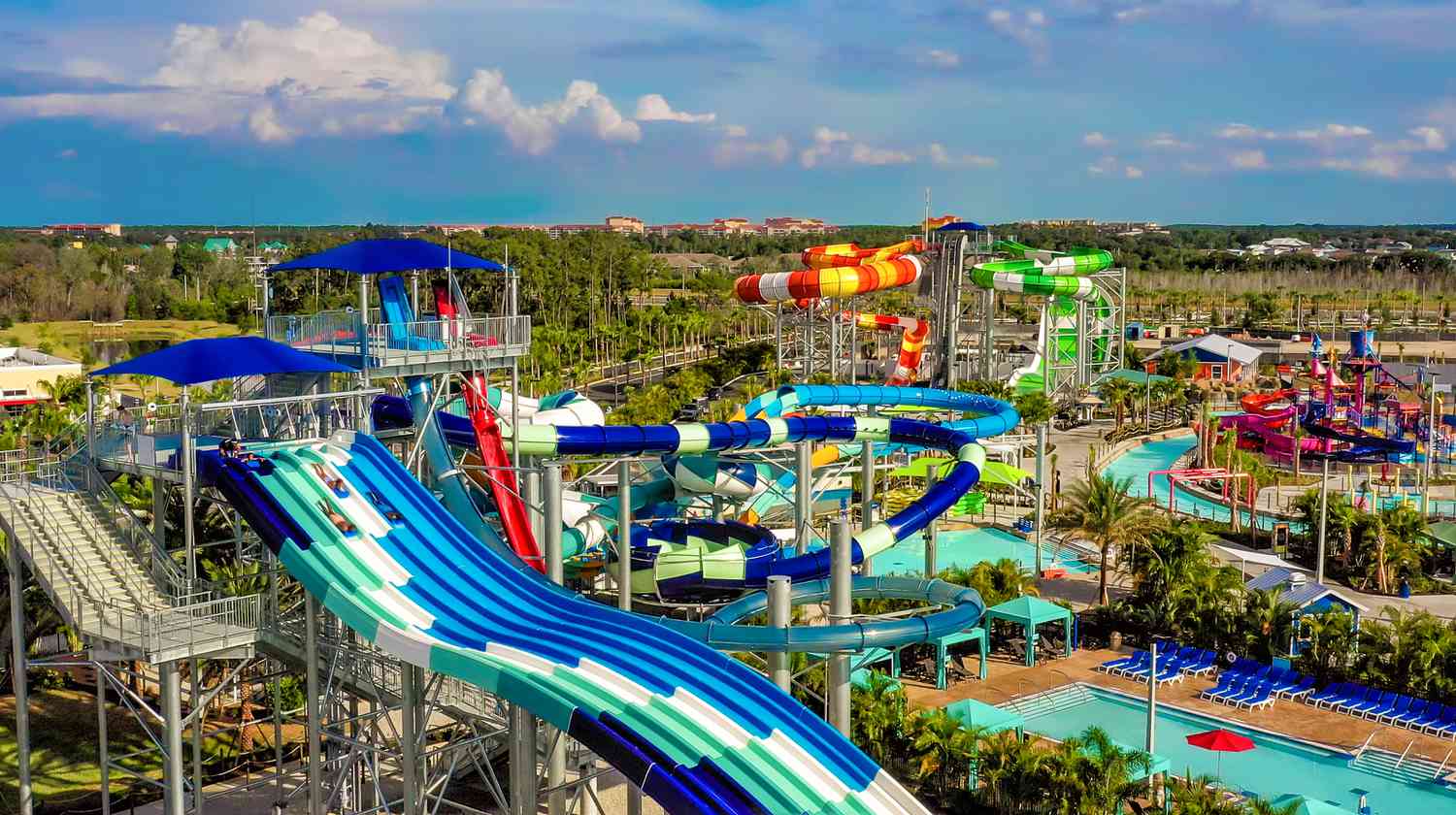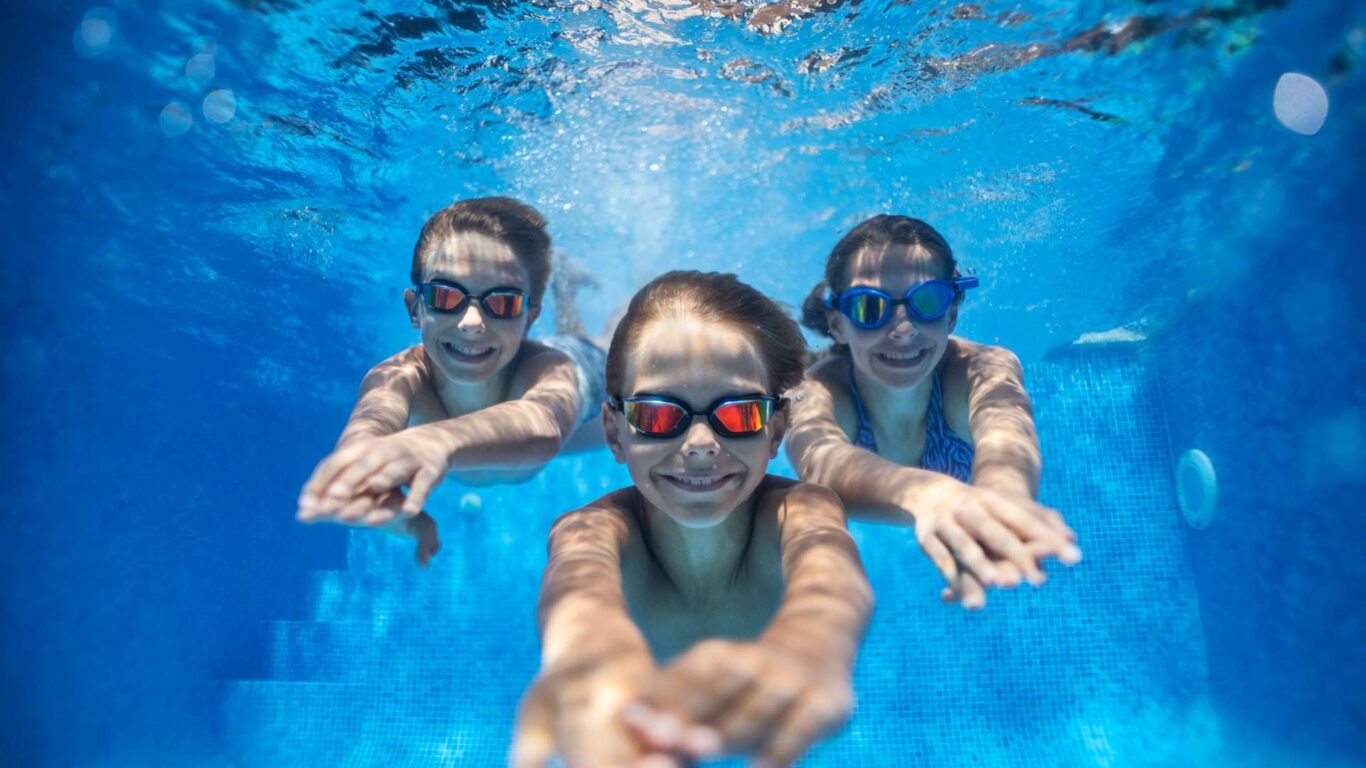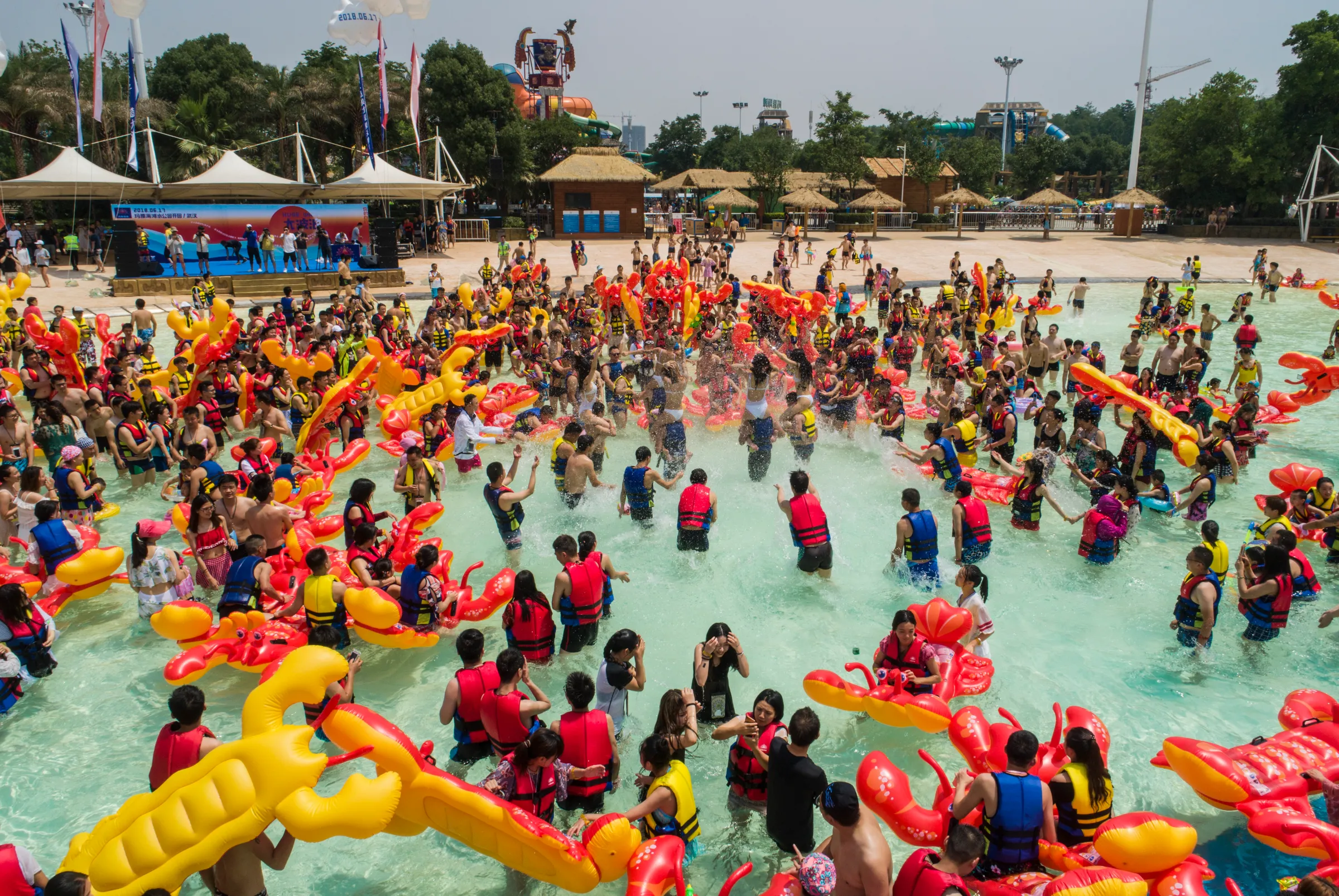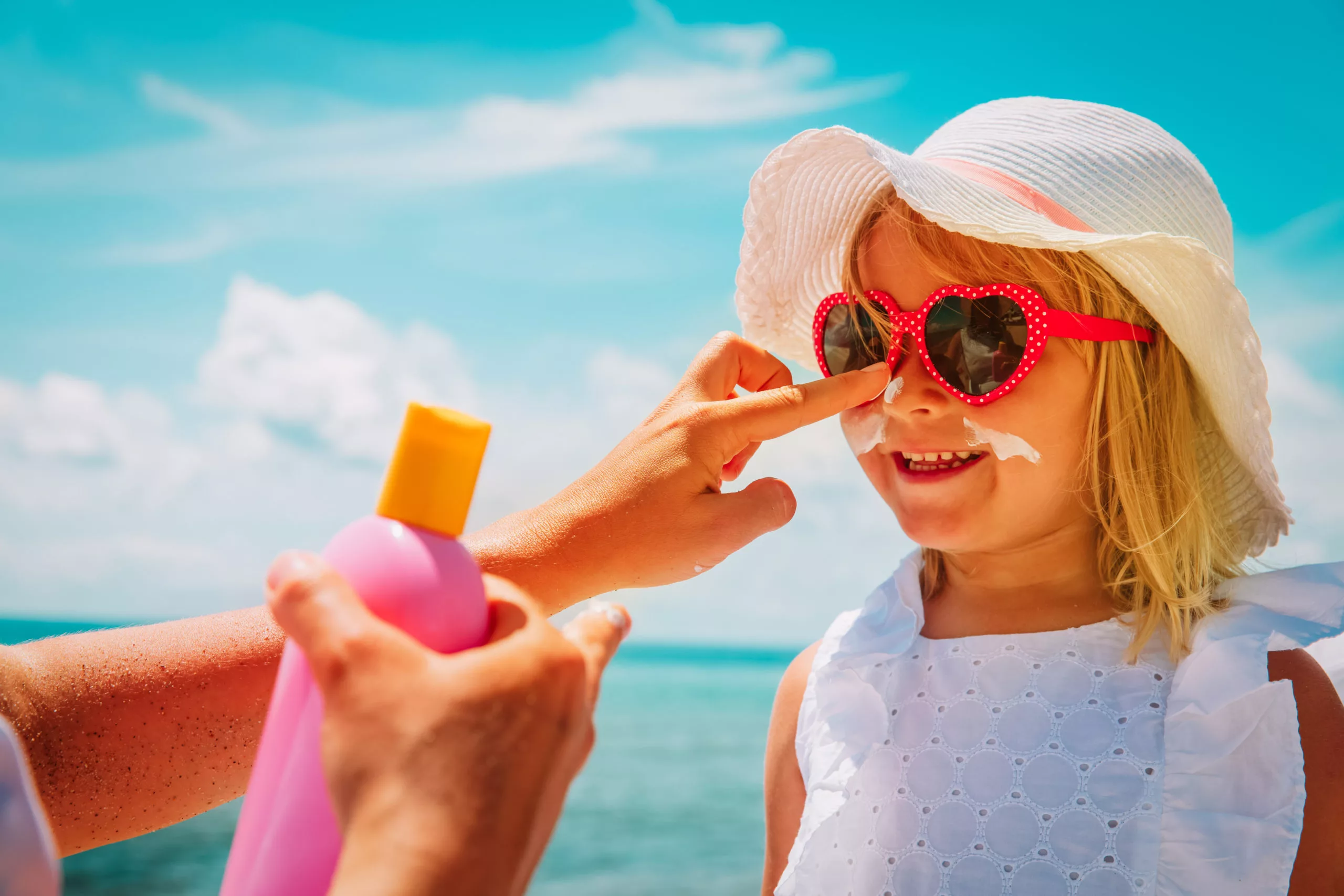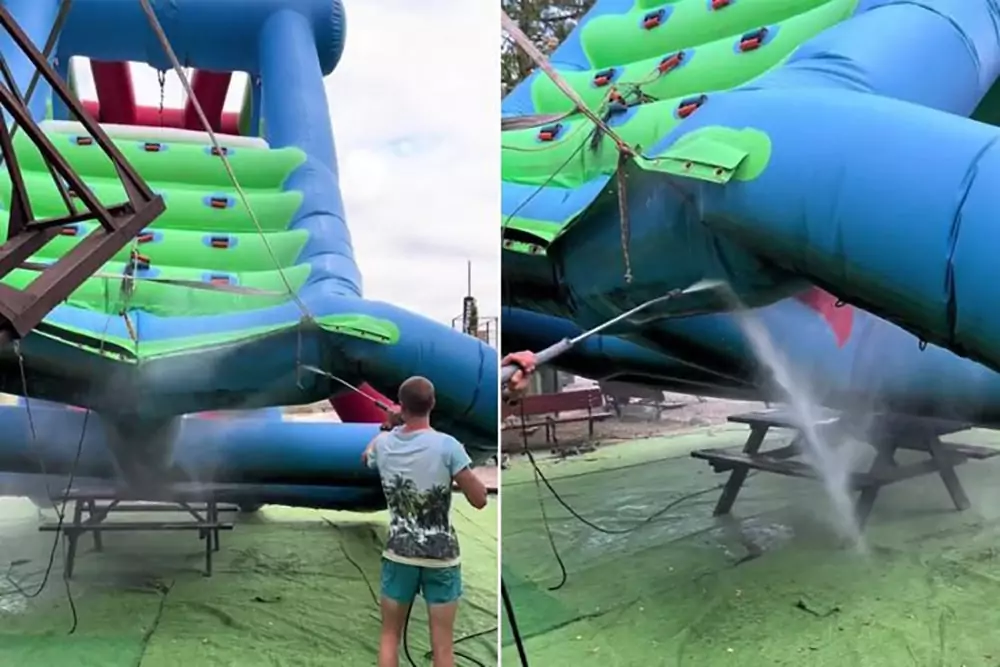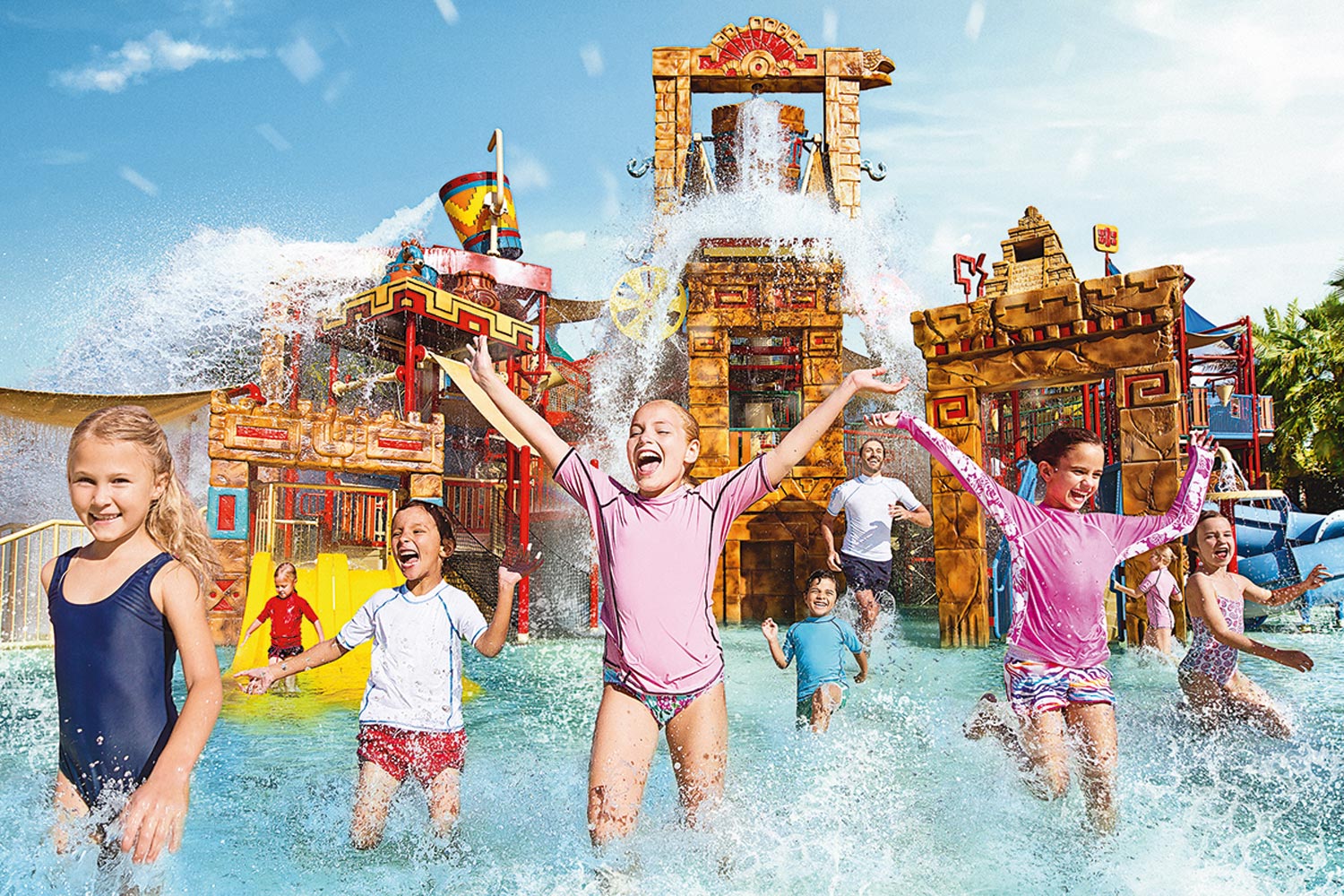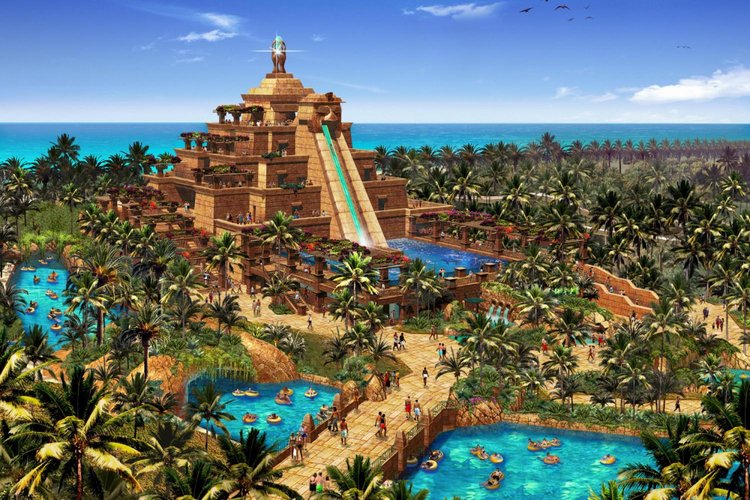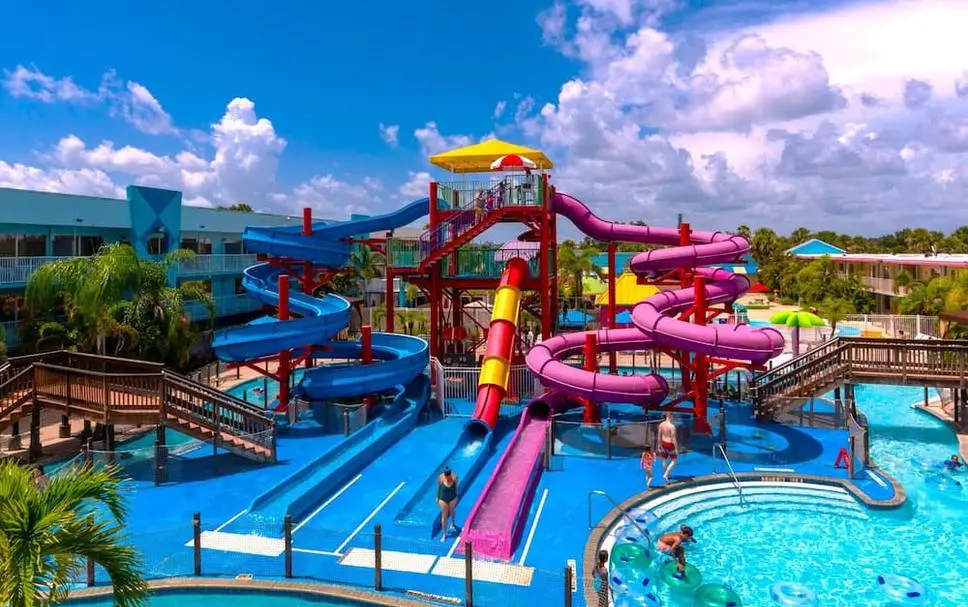A day at the waterpark can be full of fun, excitement, and plenty of water slides, but all that splashing around can leave you feeling hungry and dehydrated. While indulging in ice cream, pizza, and salty snacks is tempting, the food options at waterparks can often leave you feeling sluggish or bloated rather than energized for your next ride. To make the most of your adventure in the sun, it’s important to think about your nutrition and make healthy choices that will keep you feeling great all day long.
Here are some practical tips and nutritious options to fuel your waterpark day without derailing your energy levels or making you feel uncomfortable.
1. Hydrate, Hydrate, Hydrate!
Before we dive into food, let’s talk about the most important aspect of a day in the sun: staying hydrated. Waterparks are hot and often crowded, and it’s easy to forget to drink enough water in the midst of all the excitement.
Why Hydration Matters:
- Dehydration can lead to fatigue, dizziness, and headaches—none of which are fun while you’re trying to enjoy a water slide!
- Proper hydration helps regulate your body temperature, especially in the heat, and can also help prevent cramps after hours of swimming and running around.
Tips for Staying Hydrated:
- Drink water consistently: Start your day with a large glass of water and continue to sip water throughout the day, even if you don’t feel thirsty.
- Bring a reusable water bottle: Most waterparks allow you to bring your own water bottle, so take one and fill it up at water fountains or refill stations.
- Include electrolytes: If you’re doing lots of swimming and feel the heat, an electrolyte drink (or coconut water) can help replenish lost minerals, preventing muscle cramps.
2. Choose Balanced Snacks for Sustained Energy
Long days at the waterpark can leave you feeling tired and hungry, so it’s crucial to fuel your body with balanced snacks that provide energy, promote recovery, and keep you going until your next meal.
What to Look for in a Healthy Snack:
- Carbohydrates: Give your body energy for all those water activities.
- Protein: Helps repair muscles after exercise and keep you feeling full.
- Healthy fats: Provide sustained energy throughout the day.
- Fiber: Helps with digestion and keeps you satisfied.
Healthy Snack Ideas:
- Fresh fruit: Apples, bananas, and grapes are hydrating, easy to carry, and packed with vitamins and fiber.
- Nuts and seeds: A small handful of almonds or sunflower seeds can provide a satisfying source of healthy fats and protein.
- Granola bars: Look for low-sugar granola bars with whole grains, protein, and fiber. Make sure they don’t contain too many artificial sweeteners or preservatives.
- Yogurt with fruit: A small container of Greek yogurt paired with fresh berries offers a good balance of protein and carbs.
Avoid Overly Sugary Snacks:
- Waterparks often have tempting sweet treats like candy, slushies, and sugar-laden snacks. While an occasional indulgence is okay, try to limit these options to prevent energy crashes later in the day.
3. Plan for a Healthy Lunch
By midday, you’ll probably be looking for something more filling. Many waterparks offer food options ranging from fast food to sit-down restaurants, but it’s possible to make healthier choices that’ll keep you feeling energized for the rest of the day.
Opt for:
- Grilled chicken or veggie wraps: Choose grilled rather than fried options to keep your meal light and packed with lean protein.
- Salads with lean protein: A salad with grilled chicken, chickpeas, or tofu can offer a nutritious and satisfying meal. Skip the creamy dressings and go for balsamic vinegar or olive oil.
- Fresh sandwiches on whole grain bread: Go for lean meats like turkey or chicken and load up on veggies.
- Rice bowls: If available, a rice bowl with brown rice, grilled vegetables, and lean protein (like grilled chicken or tofu) can be a great option.
Avoid:
- Fried foods: Fried chicken, fries, and battered fish are often served at waterpark food stands. These items are high in unhealthy fats and can leave you feeling sluggish.
- High-calorie, heavy meals: While pizza and burgers are tempting, they can weigh you down, making it harder to stay active and enjoy the waterpark.
4. Mind Your Portion Sizes
Waterpark food stands often serve portions that are much larger than what you need, leading to overeating. To avoid feeling overly stuffed or bloated:
- Listen to your body: Eat until you’re satisfied, not until you’re full.
- Share meals: If you’re with friends or family, consider sharing a larger portion to keep your intake balanced.
- Use smaller plates or bowls: This can help you control your portions and prevent overeating.
5. Post-Swim Recovery: Refresh with Light and Energizing Foods
After a long day of water fun, your body needs to recover and replenish the energy you’ve burned. A light, nutritious post-swim snack can help restore your glycogen levels, rebuild muscle, and rehydrate.
Good Post-Swim Options:
- Smoothie: A fruit smoothie made with fresh fruits, a handful of spinach, and a scoop of protein powder is a great way to hydrate and refuel.
- Hummus and veggies: Carrots, cucumber, and bell peppers dipped in hummus provide fiber, healthy fats, and protein.
- Cottage cheese with fruit: Cottage cheese is high in protein, while fruit adds natural sugars and fiber for recovery.
Avoid:
- Heavily processed foods: High-sodium snacks and sugary treats won’t help with recovery and can lead to dehydration or bloating.
6. Sun-Smart Eating: Foods that Protect Your Skin
Spending hours in the sun can leave your skin exposed to harmful UV rays. The right foods can support your skin health and help protect you from sun damage.
Skin-Friendly Foods:
- Tomatoes: Rich in lycopene, an antioxidant that helps protect skin from UV damage.
- Carrots: Packed with beta-carotene, which supports healthy skin and provides some sun protection.
- Nuts and seeds: These provide healthy fats that support skin health, keeping your skin hydrated and nourished.
- Avocados: Loaded with vitamin E, avocados are great for skin repair and protection against sun damage.
Hydrating Foods:
- Watermelon: High in water content, watermelon helps you stay hydrated and provides antioxidants.
- Cucumbers: Another hydrating food that helps replenish lost fluids and keeps your skin glowing.
